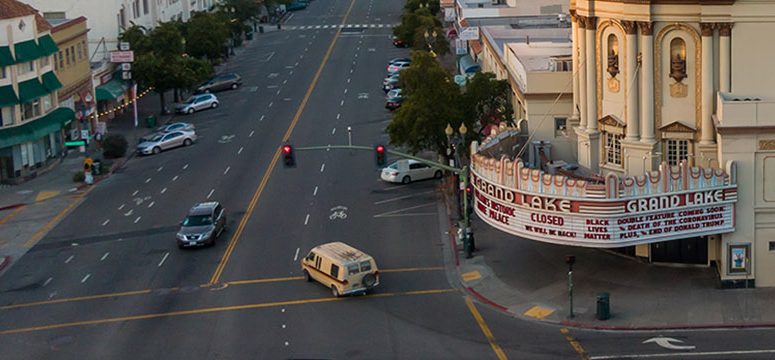Just over a year into his mayoralty, Chicago's Rahm Emanuel continues to show impressive leadership on transportation issues. His latest initiative is a $7 billion infrastructure plan that includes funds for everything from sewers to surface transit to parks.
While urban leaders around the country have been sounding the alarm about underfunding infrastructure, Emanuel is sending a strong signal that he's not going to wait for Washington. Yonah Freemark at the Transport Politic says there may be a lesson for other cities here:
Emanuel’s plan, which has been dubbed “Building a New Chicago,” would guarantee investments in significant upgrades across the city. Some of the announcement is a media device — much of the spending would have occurred announcement or not — but much of it is being financed through “reforms, efficiencies, cuts in central offices, direct user fees, and… the Chicago Infrastructure Trust,” according to the mayor’s office. This is not, in other words, the same-old, same-old.
The city must be able to show that it can save significantly by improving the delivery of its existing services. One example, for instance, is in the creation of bus rapid transit services on Jeffrey Boulevard and in the Loop, both of which are part of the plan, and each of which would improve the daily experience of transit users even as they reduce operations costs for the Chicago Transit Authority. Similar improvements, such as a $225 million retrofit program, would save money in the long term by reducing energy consumption.
Mr. Emanuel’s interest in investing in infrastructure is a logical extension of the arguments he has made since he was sworn in to office about 11 months ago. His administration, like that of most other cities, has been troubled by the decline in tax revenues resulting from the nation’s extended economic difficulty. He has had to balance budgets through difficult moves like school closings. Yet unlike leaders of other cities, Emanuel has not yet made the push for increases in taxes to pay for infrastructure, unlike, say, Los Angeles.
Chicago’s decision to fund its projects in such a manner is something that most cities could likely emulate with few negative political results. They just have to be more willing to experiment with creative financing and efficiencies.
But until a fix comes down from Washington, Freemark goes on to write, even innovative cities are going to be limited in what they can accomplish. In that sense, Emanuel's plan is more of a creative stop gap than a permanent solution to the infrastructure woes plaguing cities.
Elsewhere on the Network today: Streets.mn defends special government assessments as a responsible way to fully encompass the costs of building and maintaining public infrastructure. Bike Lane Living examines Australia's refreshing perspective on bike infrastructure. And Urban Plan SI takes stock of Staten Island's sidewalks and crosswalks, and finds them lacking.






